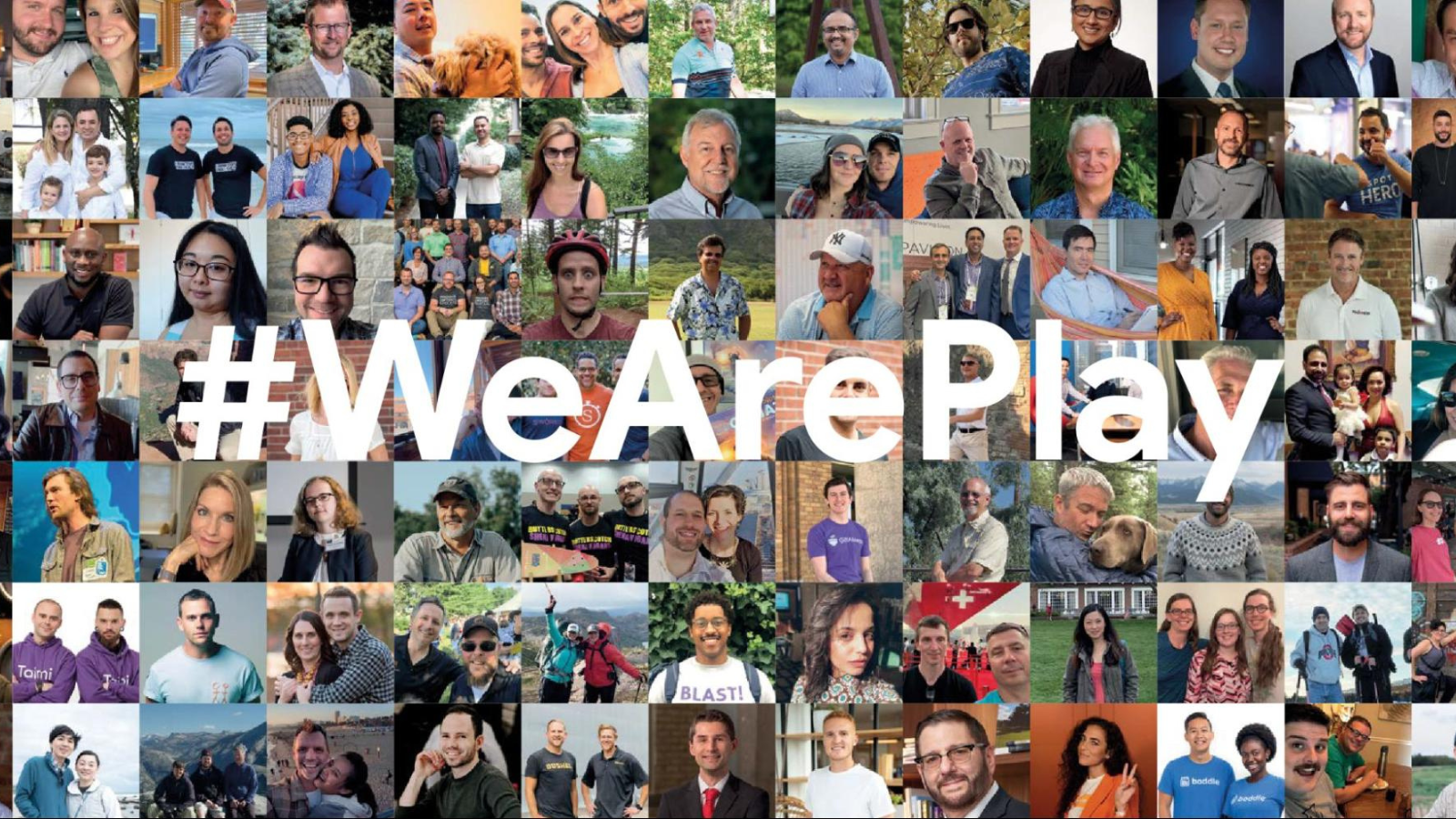Posted by Leticia Lago – Developer Marketing
Being trapped inside a house following a major earthquake as a child motivated Álvaro to research and improve the outcomes of destructive, large-scale quakes in Mexico. Using SkyAlert technology, sensors detect and report warnings of incoming earthquakes, giving people valuable time to prepare and get to safety.
Álvaro shared his story in our latest film for #WeArePlay, which spotlights the founders and creatives behind inspiring apps and games on Google Play. We caught up with him to find out his motivations for SkyAlert, the impact the app’s had and what his future plans are.
What was the inspiration behind SkyAlert?
Being in Colima near the epicenter of a massive earthquake as a kid had a huge impact on me. I remember feeling powerless to nature and very vulnerable watching everything falling apart around me. I was struck by how quick and smart you had to be to get to a safe place in time. I remember hugging my family once it was over and looking towards the sea to watch out for an impending tsunami – which fortunately didn’t hit my region badly. It was at this moment that I became determined to find out what had caused this catastrophe and what could be done to prevent it being so destructive another time.
Through my research, I learned that Mexico sits on five tectonic plates and, as a result, it is particularly prone to earthquakes. In fact, there’ve been seven major quakes in the last seven years, with hundreds losing their lives. Reducing the threat of earthquakes is my number one goal and the motivation behind SkyAlert. The technology we’ve developed can detect the warning signs of an earthquake early on, deliver alerts to vulnerable people and hopefully save lives.
How does SkyAlert work exactly?
SkyAlert collects data from a network of sensors and translates that information into alerts. People can put their zip code in order to filter updates for their locality. We’re constantly investing in getting the most reliable and fast technology available so we can make the service as timely and effective as possible.
Did you always imagine you’d be an entrepreneur?
Since I was a kid I knew I wanted to be an entrepreneur. This was inspired by my grandfather who ran a large candy company with factories all over Mexico. However, what I really wanted, beyond just running my own company, was to have a positive social impact and change lives for the better: a feat I feel proud to have achieved with SkyAlert.
How is Google Play helping your app to grow?
Being on Google Play helps us to reach the maximum number of people. We’ve achieved some amazing numbers in the last 10 years through Google Play, with over 7 million downloads. With 35% of our income coming from Google Play, this reach has helped us invest in new technologies and sensors.
We also often receive advice from Google Play and they invite us to meetings to tell us how to do better and how to make the most of the platform. Google Play is a close partner that we feel really takes care of us.
What impact has SkyAlert had on the people of Mexico?
The biggest advantage of SkyAlert is that it can help them prepare for an earthquake. In 2017, we were able to notify people of a massive quake 12 seconds before it hit Mexico City. At least with those few seconds, many were able to get themselves to a safe place. Similarly, with a large earthquake in Oaxaca, we were able to give a warning of over a minute, allowing teachers to get students in schools away from infrastructure – saving kids’ lives.
Also, many find having SkyAlert on their phone gives them peace of mind, knowing they’ll have some warning before an earthquake strikes. This can be very reassuring.
What does the future look like for SkyAlert?
We’re working hard to expand our services into new risk areas like flooding, storms and wildfires. The hope is to become a global company that can deliver alerts on a variety of natural phenomena in countries around the world.
Read more about Álvaro and other inspiring app and game founders featured in #WeArePlay.
How useful did you find this blog post?
★ ★ ★ ★ ★







